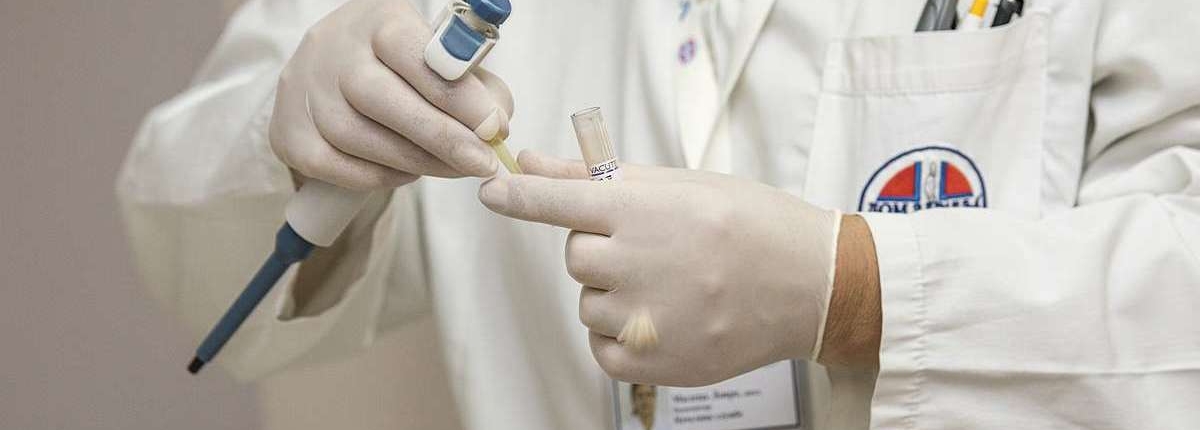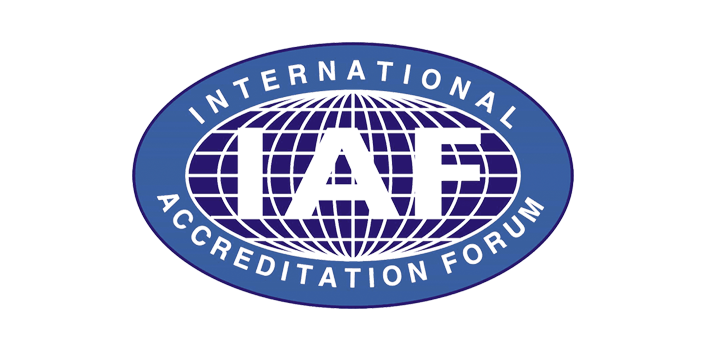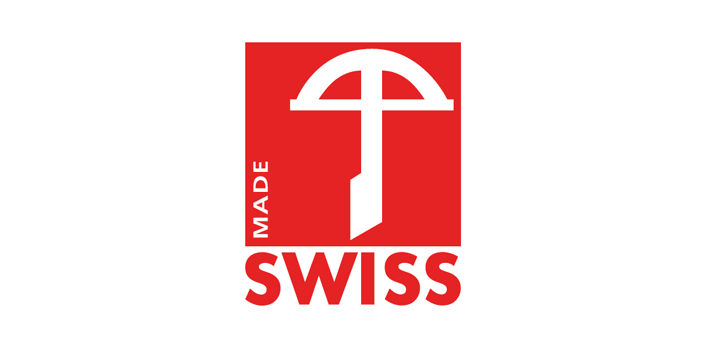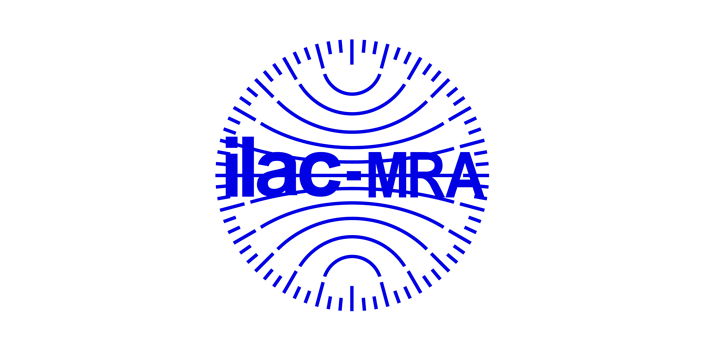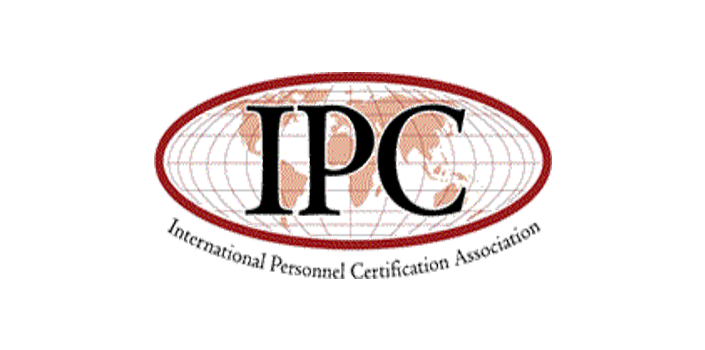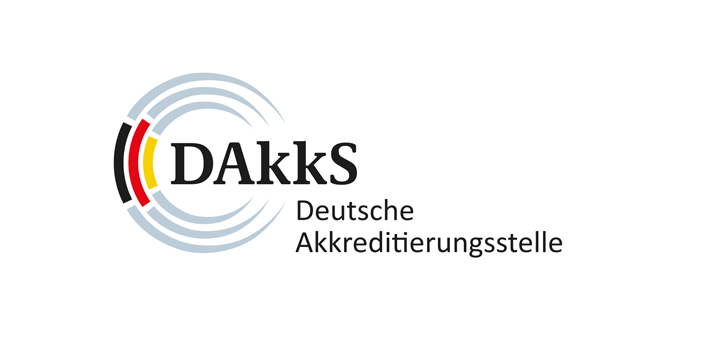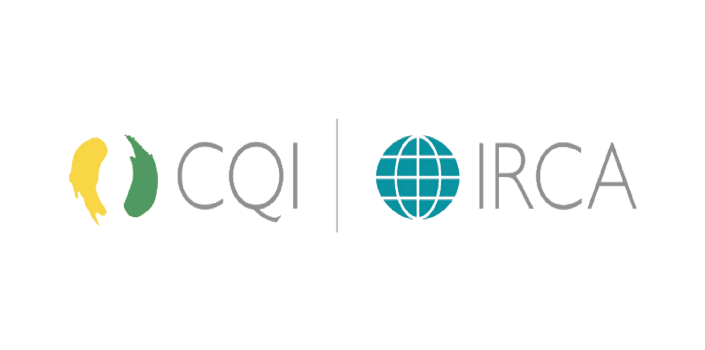The standard for revolutionizing faecal sludge treatment is here.
First published in November 2019, ISO 35001 is the International Standard for any organization that tests, stores, transports, works with, or disposes of hazardous biological materials.
With the devastating effects of the COVID-19 pandemic highlighting a clear need for an International Standard to address biological risks among organizations that manage biological materials, ISO 35001 is the right guidance at the right time.
ISO 35001 uses an approach familiar to users of ISO Management System Standards. It builds on elements adapted from ISO’s occupational health and safety management system standard, ISO 45001, but emphasizes the unique aspects of biorisk management. The standard, which enables the identification, assessment, control, and monitoring of risks associated with hazardous biological material, was developed by the ISO technical committee for clinical laboratory testing and in vitro diagnostic test systems.
Like all International Standards, ISO 35001 brought together the contributions and consensus of global experts in the field. These are people with real-world experience who bring industry knowledge and an international perspective to standardization. People like Patricia Olinger, who is the convenor of the working group that took the standard from draft to final publication. She explains that there was a pressing need for ISO 35001, “it’s the first standard of its kind specifically designed to help laboratories and other situations involving biohazardous materials protect themselves and their environment.” Patricia points out that ISO 35001 is based on performance evaluations and is not a technical document: “it provides a framework or structure for effective program management for both simple and complex biosafety and biosecurity processes and it helps create risk awareness and communication within an organization.”
As well as it’s potential for certification and the associated assurance of safety this would provide, the Standard should also prove useful as a gap identification tool, even in well-regulated environments.
One of the most immediate applications of ISO 35001 is in laboratories and hospitals that handle a wide variety of hazardous biomaterials and are looking for an internationally recognized way to protect and reassure their employees, clients and patients. But with the rapid expansion of COVID-19 testing and response activities seen as a key element in controlling the ongoing pandemic, it’s clear that there’s a much wider role to play. Achieving scale will require establishing many new testing facilities, including ones in public locations like airports.
International Standards, and ISO 35001 in particular, are needed to keep people safe, to keep results reliable, and to build confidence in the process. There is a critical need for international laboratories, especially those in low-resource countries, to establish clear guidelines when handling biological agents. Patricia observes that “in many countries, especially those without any national policies or regulations in place, users would really benefit from the standard.” Certain national standard bodies can make ISO 35001 available as part of the COVID-19 response, as was done by BSI, the ISO member for the UK. Wide use “enables collaboration and contributes effectively to reducing global biorisks”, says Patricia.
ISO 35001 can help mitigate the acute risk of COVID-19 now, but Patricia points out that its benefits are long-lasting: “implementation of ISO 35001 will help organizations prepare for all future risks, from simple laboratory-acquired infections to future pandemics.”
ISO 35001 should be used by any laboratory who is actively handling any dangerous pathogen, including SARS-CoV2, the virus that causes COVID-19.
Ms. Patricia Olinger
Convenor, ISO/TC 212/WG5
One of the most immediate applications of ISO 35001 is in laboratories and hospitals that already handle a wide variety of hazardous biomaterials and are looking for an internationally recognized way to protect and reassure their employees, clients and patients. But with the rapid expansion of COVID-19 testing and response activities seen as a key element in controlling the ongoing pandemic, it’s clear that there’s a much wider role to play. Achieving scale will require the establishment of many new testing facilities, including ones in public locations like airports.
International Standards, and ISO 35001 in particular, are needed to keep people safe, to keep results reliable, and to build confidence in the process. There is a critical need for international laboratories, especially those in low-resource countries, to establish clear guidelines when handling biological agents. Patricia observes that “in many countries, especially those without any national policies or regulations in place, users would really benefit from the standard.” Certain national standard bodies have the option to make ISO 35001 available as part of the COVID-19 response, as was done by BSI, the ISO member for the UK. Wide use “enables collaboration and contributes effectively to reducing global biorisks”, says Patricia.
ISO 35001 can help mitigate the acute risk of COVID-19 now. Still, Patricia points out that its benefits are long-lasting: “implementation of ISO 35001 will help organizations prepare for all future risks, from simple laboratory-acquired infections to future pandemics.”

